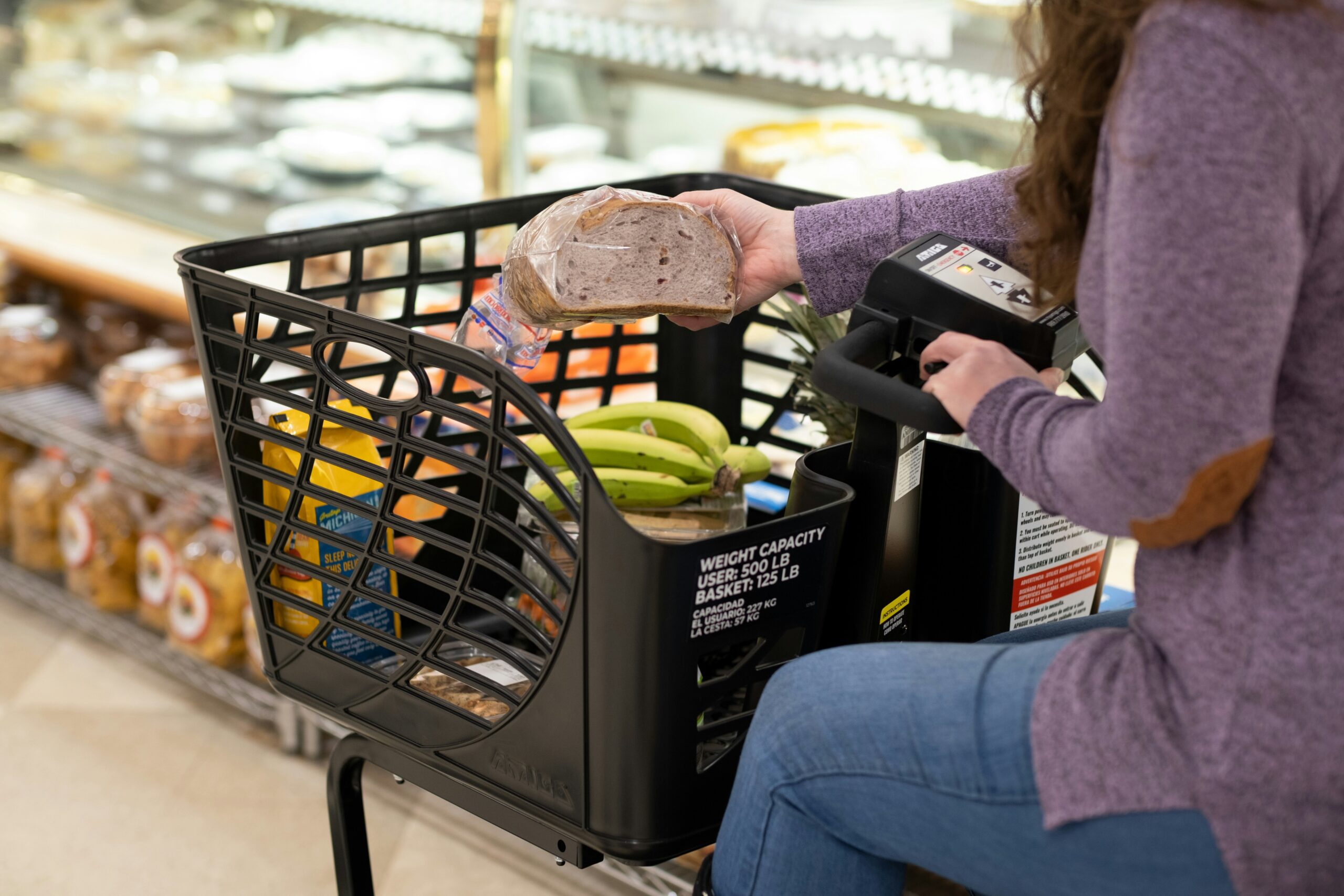“Ever walked into a market thinking you’d leave with healthy snacks, only to end up spending your entire paycheck on fancy kale chips? Yeah, us too.”
Welcome to the world of tops-friendly markets—a haven for budget-conscious wellness enthusiasts who want to save cash while loading up on nutritious goodies. In this ultimate guide, we’ll explore how to score Bargain Finds without sacrificing quality or your health goals. You’ll discover:
- The secret shopping strategies pros use.
- A step-by-step approach to navigating these stores like a pro.
- Rant-worthy pet peeves in retail marketing (you’ve been warned).
So grab your reusable tote bag because we’re diving in!
Table of Contents
- Key Takeaways
- Why Are Healthy Foods So Expensive?
- Step-by-Step Guide to Scoring Bargains
- Best Practices for Maximizing Savings
- Real-Life Examples of Winning Buys
- FAQs About Shopping Smartly
- Conclusion
Key Takeaways
- Understanding when and where to shop can make all the difference in snagging bargain finds.
- Ditch brand loyalty; generic labels often provide better value without compromising nutrition.
- Using loyalty programs and apps helps unlock hidden savings opportunities.
Why Are Healthy Foods So Expensive?

Let’s be real: organic quinoa isn’t cheap. But why? It turns out, several factors contribute:
- Supply chain costs: Farming sustainably requires investment.
- Marketing markup: Those sleek labels don’t come free either.
- Consumer demand: Premium products target affluent buyers willing to pay more.
Storytime Alert: I once spent $8 on a jar of almond butter that tasted no different than its $4 counterpart. That moment taught me—you really don’t need overpriced items to feel satisfied.
Step-by-Step Guide to Scoring Bargains

Ready to transform your grocery game? Follow this foolproof plan:
1. Know Your Store Layout
Stores are designed to make you wander aimlessly—and splurge along the way. Stick to the outer perimeter where fresh produce, dairy, and meats typically reside. Avoid those candy-filled checkout lanes unless you have ironclad willpower.
2. Plan Ahead with Lists
Rant Section Ahead: Nothing drives me crazier than people aimlessly browsing aisles. Create lists based on actual meals—not random cravings you might forget by dinnertime.
3. Shop During Sales Events
Sales cycles exist for a reason! Check weekly flyers or store notifications to time purchases perfectly.
4. Leverage Coupons and Loyalty Cards
Yes, it takes effort—but signing up for loyalty programs is absolutely Chef’s Kiss for drowning algorithms. Plus, digital coupons now sync directly with most apps.
Best Practices for Maximizing Savings

Follow these tried-and-true methods:
- Buy in bulk for non-perishable staples like oats, rice, and beans.
- Shop seasonal produce—it’s fresher, tastier, and cheaper!
- Avoid pre-packaged goods. Sliced apples cost double their whole counterparts!
Terrible Tip Disclaimer: Someone once told me to buy everything online since shipping was “free.” Spoiler alert: My groceries arrived spoiled, and there went my budget.
Real-Life Examples of Winning Buys
Ever heard of Mary? She used her local market’s “Manager’s Special” section to stockpile discounted protein bars—saving hundreds annually. Or Tom, who discovered off-brand frozen veggies taste identical but cost half as much.
FAQs About Shopping Smartly
Q: When should I avoid buying organic?
A: Not all foods require organic labeling. Use the Environmental Working Group’s Dirty Dozen list to prioritize which fruits/veggies truly matter.
Q: Is it worth using meal kit services if I’m tight on cash?
A: Maybe not. While convenient, they’re pricier per serving compared to DIY recipes.
Q: Can I bargain hunt without planning?
A: Technically yes—but expect to overspend thanks to impulse buys.
Conclusion
In conclusion, finding bargain finds at tops-friendly markets comes down to strategy, discipline, and insider knowledge. By mastering timing, leveraging deals, and sticking to smart practices, you’ll slash expenses while boosting your pantry potential.
Remember, Rome wasn’t built in a day—and neither was your dream kitchen makeover. Start small, stay consistent, and soon you’ll crack the code.
Like a Tamagotchi, your wallet needs daily attention to thrive.


